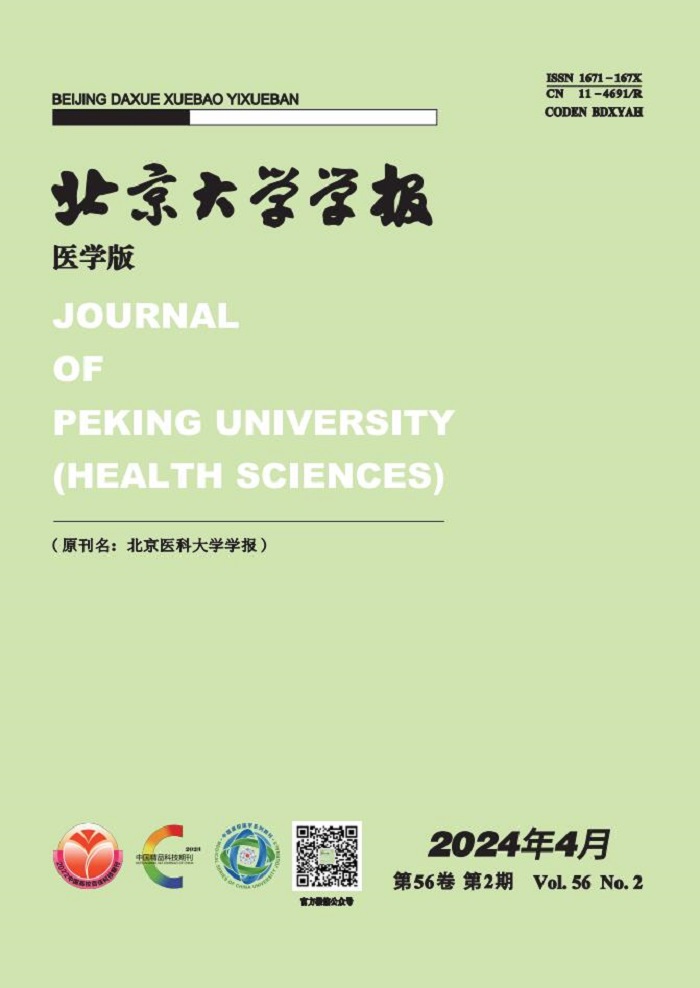Select
Secular trends of height among Chinese students aged 17 in 18 ethnic minorities from 1985 to 2010
SONG Yi, HU Pei-Jin, ZHANG Bing, MA Jun
Journal of Peking University(Health Sciences)
2015, 47 (3 ):
414-419.
DOI: 10.3969/j.issn.1671-167X.2015.03.010
Objective: To analyze the secular trends of height among Chinese students aged 17 in different ethnic minorities from 1985 to 2010. Methods: A total of 18 Chinese ethnic minorities’ students, including Mongolian, Hui, Uygur, Zhuang, Korean, Tibetan, Miao, Buyi, Dong, Bai, Tujia, Hani, Dai, Lisu, Wa, Nakhi, Tu and Qiang as subjects were sampled from the 1985, 1995, 2000, 2005 and 2010 Chinese National Surveys on Students’ Constitution and Health. The heights of 17 years old people by gender in various ethnic minorities were analyzed and compared. Results: From 1985 to 2010, the increments of adult heights increased significantly in many ethnic minorities’ boys. In 2010, the average height of boys aged 17 years in each minority group was higher than 162 cm and was higher than 170 cm among boys from Hui, Mongolian and Korean groups. The ethnics with height growth rates of more than 2 cm per decade in boys were Hui (2.64 cm/decade) and Dong (2.05 cm/decade) and the ethnics with height growth rates of more than 1 cm per decade were Korean (1.99 cm/decade), Tibetan (1.90 cm/decade), Hani (1.80 cm/decade) and the other 9 minority groups. The average height of girls aged 17 years in each minority group was higher than 150 cm in 2010. The heights showed an upward trend in 15 minority groups, but with different degrees. The ethnics with height growth rates of more than 1 cm per decade were Hui (1.56 cm/decade) and Korean (1.29 cm/decade). The increments that were significant between 1985 and 2010 were Hui (3.89 cm), Korean (3.23 cm), Dong (2.35cm) and the other 6 minority groups (P<0.05). Conclusion: Our data suggest that the increments of adult heights may reflect the secular growth change in the major minority groups during the past 25 years, but there was an obvious disequilibrium among various ethnic minorities. We should pay more attention to the minority groups with poor growth and give them more help. Meanwhile, we should also pay attention to the negative effects of the secular growth trend on those minority groups with fast increasing adult height.
Related Articles |
Metrics




